This website uses a variety of cookies, which you consent to if you continue to use this site. You can read our Privacy Policy for
details about how these cookies are used, and to grant or withdraw your consent for certain types of cookies.
Blog
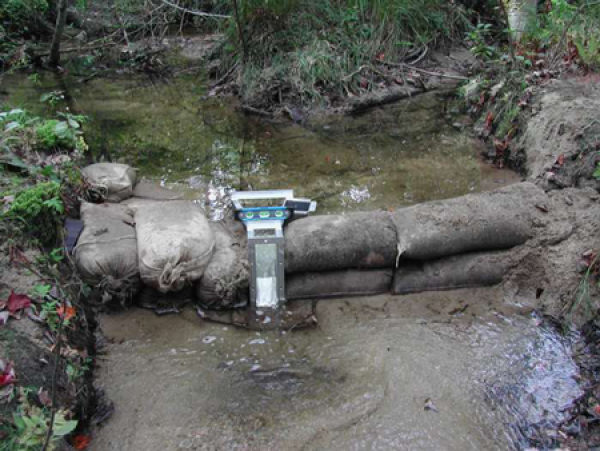
Can Modified Parshall Flumes Accurately Measure Submergence?
As we have seen before, a Modified Parshall Flume (aka USGS Portable Parshall Flume) is a Parshall flume with the discharge section removed. Removing only the discharge section still allows for submergence calculations to be performed – unlike the true Montana flume where…
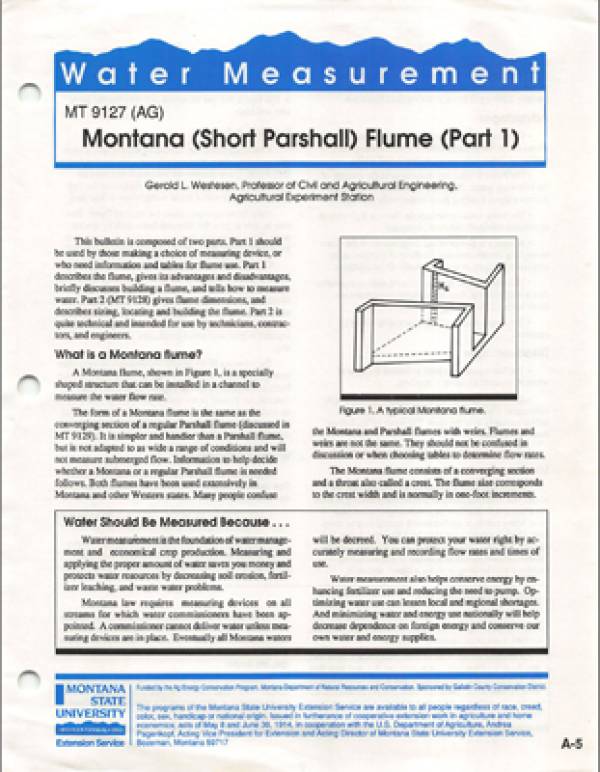
What is a Montana Flume?
There is a common misconception of what does and does not constitute a Montana flume. For some, a Montana flume is a Parshall flume with the discharge removed. For others, it is a Parshall flume with the throat and discharge removed.
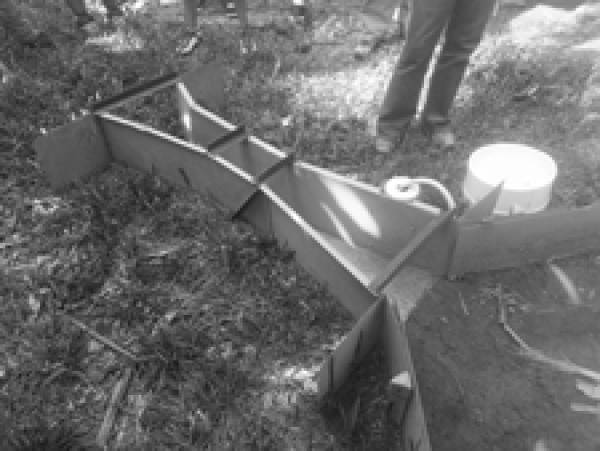
Flat Versus Radius Parshall Flume Wing Walls
In investigating the original data developed by Dr. Ralph Parshall on his namesake flume, Dr. Fred Blaisdell observed a wave action phenomena that developed when using traditional 45º wing walls to transition flow into a Parshall flume. The phenomena developed as the…
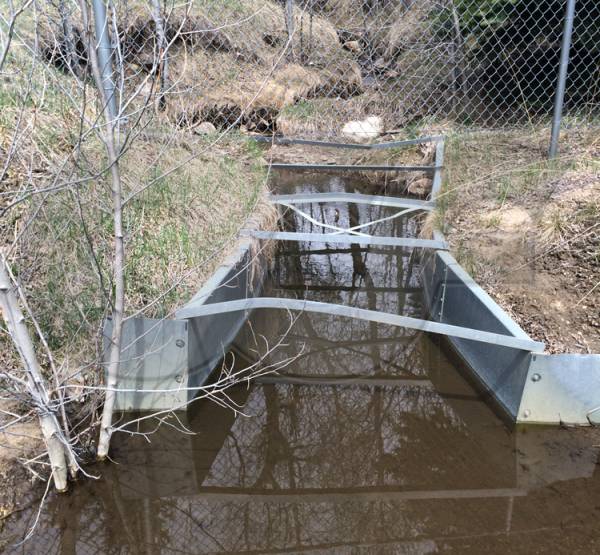
Common Causes of Open Channel Flow Errors
In conjunction with the State of Utah, the Utah Water Research Laboratory conducted a statewide study to determine the accuracy of flow measurement devices in Utah. Their investigations showed that 2/3rd of the devices (flumes, weirs, electromagnetic and ultrasonic flow…

Necessity of Proper Flow Upstream Flow Conditioning in Parshall Flumes
The streamlines through a Parshall flume are assumed to be both parallel to the flume walls and continuous (Parshall 1936). Many things can disrupt parallel streamlines as they enter the flume, including: upstream debris, bank vegetation growing into the upstream…

Correcting Free-Flow Discharge Due to Cutthroat Width Discrepancies
For a short-throated flume to accurately measure flow, it is desirable to keep the flume’s dimensions with +/-2% of nominal. But what happens when they aren’t? For Rectangular Cutthroat flumes, investigations have shown that corrects for throat width can…

Parshall Flumes and Stream Aeration
Recently research has conducted into the aeration efficiency of Parshall and Venturi flumes. Unlike most other devices that are used to aerate river systems and which require stepped spillways or drop structures, Parshall flumes may be used to increase dissolved oxygen (DO)…
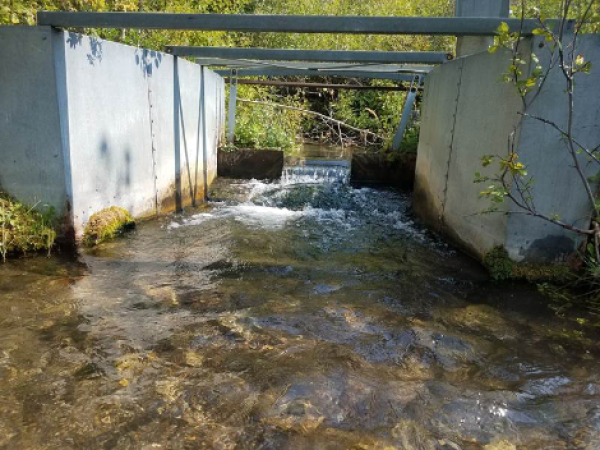
The 72-Inch Parshall Flume
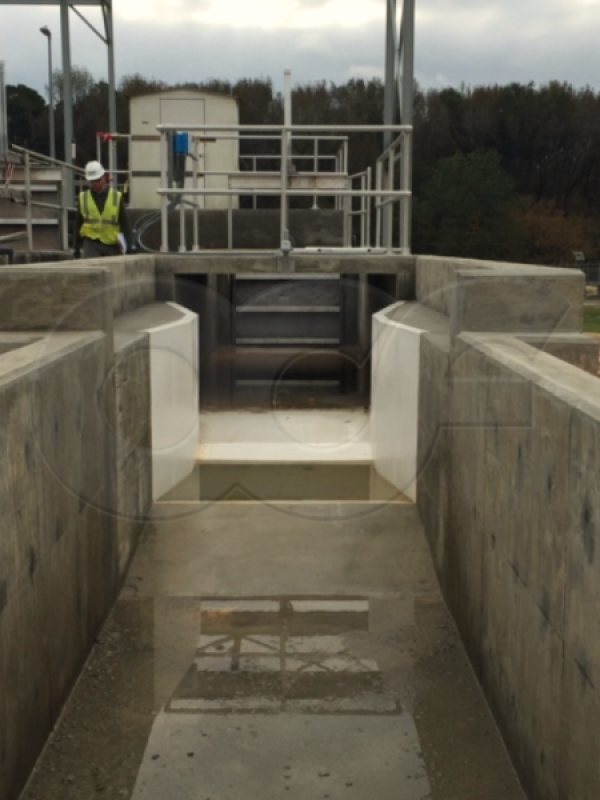
The 48-Inch Parshall Flume

The 1-Inch Parshall Flume
The 1-inch Parshall Flume is the smallest of the 22 standard Parshall flume sizes. The small size means that it is relatively limited in its use. 1-inch Parshall Flumes cannot be used on unscreened sanitary flows as they will clog. The 3-inch Parshall Flume is the smallest…
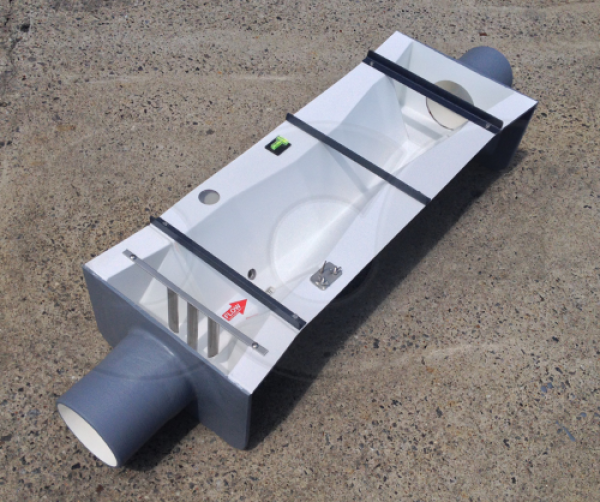
The Extra Large 60 Degree Trapezoidal Flume
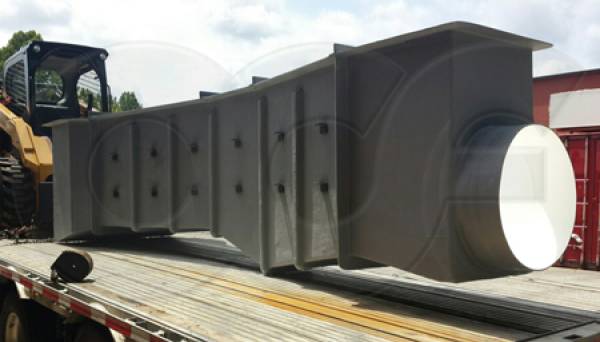
Parshall Flumes and Pipe Stubs

LOCATIONS IN ATLANTA, GA & BOISE, ID

